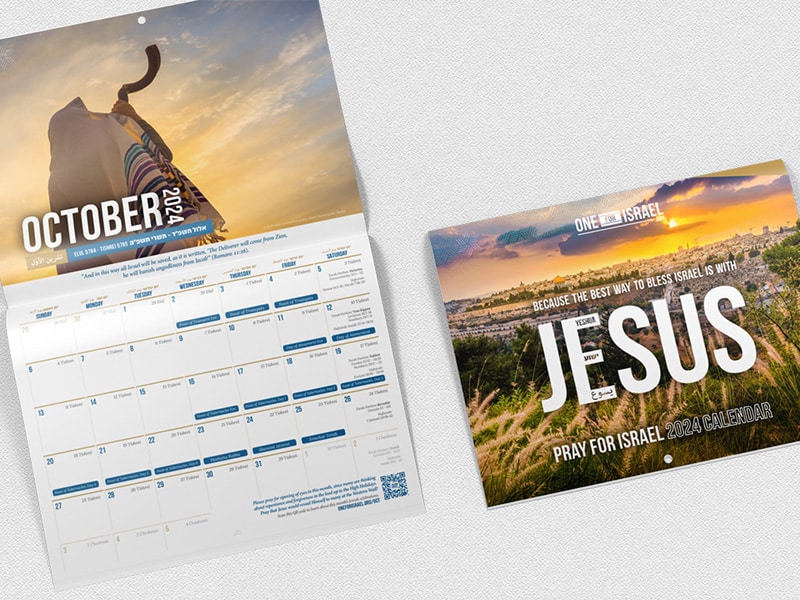It is interesting that Yeshua was a carpenter (according to Mark 6:3)1 rather than, say, a fisherman. The Bible tells us that He began His ministry at the age of thirty, and it is especially interesting when you look at the previous professions of many of our biblical heroes, before their ministries began in earnest.
Consider what these biblical characters were doing when they were called by God:
David was a shepherd, looking after sheep. He was killing beasts, protecting the flock, providing for them, caring for them, fighting for them, and most of all, leading them. It was a perfect metaphor for his calling.
The disciples were found fishing, (a number of them anyway) and Yeshua called them to a lifetime of being “fishers of men”. The stories of miraculous catches of fish are a great picture of the thousands that would come to faith as they preached the gospel.
Gideon was hewing wheat, separating the wheat from the chaff. Isn't that remarkable, when we think of what he went on to do with God? How God had him weed out the “wheat” from the “chaff” in his army through different tests in Judges chapter eight? Through Gideon, God also sifted Israel's enemies.
Elisha was busy plowing a field when Elijah came to call him into ministry. Yeshua himself uses a plowman as a metaphor for someone who has given up their life to serve him, warning us not to turn back. The theme of plowing, removing rocks, planting seeds, watering and nurturing growth are a picture of ministry.
You can see the pattern. So how about Yeshua, as a carpenter?
Yeshua worked with wood
In the Bible, trees tend to represent people – human beings. We can see this in Psalm 1, 92, Isaiah 61, and many, many other places. We also see wood representing our humanity, as the Bible describes sinful man as being like a wooden stick, snatched from the flames by a merciful God.
“Is not this man a brand plucked out of the fire?’ Now Joshua was wearing filthy garments and standing before the angel who answered and spoke to those standing before him saying, ‘Remove the filthy garments from him.’ Then to Joshua he said, ‘See, I have removed your iniquity from you and will dress you with fine clothing.’” (Zechariah 3:2-4)
“You became like a firebrand snatched from a blaze—yet you have not returned to Me,”
declares Adonai.” (Amos 4:11)
We are mortal, temporal, frail, and corruptible. We do not last like stone, but we rot away, or burn. It is interesting then that Yeshua was working with wood, making rough planks into useful tools, items, and vessels. He constructed pieces together, smoothed them down, chopped off unnecessary pieces…
But it gets even more interesting than that.
Born in a manger
At Christmas time, we reflect on what it meant that the Almighty God visited His people. He was clothed in flesh, and as a baby he was placed inside a wooden receptacle. A receptacle normally associated with feeding. The Bread of Life was born, and put into a wooden feeding trough, the wood symbolizing his humanity, in a town called Bethlehem, which means “house of bread”. Don't tell me that God didn't think this through! It's amazing.
Hung on a tree
He was crucified on a cross of wood. Nailed there, to die. The wood is a symbol of our finite, mortal humanity, destined for destruction and death. Here, on these beams of wood, Yeshua is putting mortality itself to death. When He died on the cross and rose again the power of death itself was defeated. And then He rolled away the stone. Yeshua himself is likened to stone in several places, for example in Daniel 2:31-45 and 1 Peter 2:4-6. The tablets of stone fixed in place God's commandments and expectations – laying out God's standard: “Be holy as I am holy”. Standing before a holy God when we have not met His righteous standards leads to inevitable judgement. Stone represents an Almighty, unchangeable, and invincible God. Our rock. But Yeshua, God incarnate, puts death to death on a wooden cross and moves the stone of God's righteous judgment away. The way back to the Father is now open.
Foreshadowed in the Tabernacle
This is all foreshadowed in the Tabernacle, back in Exodus. The Ark of the Covenant in which God chose to dwell was also made of wood, but covered in gold. What kind of wood? Acacia. Acacia trees are thorny, spiky trees that live out in the desert, and are not so good for making things out of. Thorns and briers represent sinful people in the Bible, yet that is what God prescribed. He has chosen to live in us, thorny, spiky, sinful people, made of corruptible, chopped down trees, chopped off from the source of life. The ark was covered in gold, representing God's holiness and righteousness that covers us, atoned by the blood on the mercy seat. And that is where He has chosen to make His home.
“If anyone’s work is burned up, he will suffer loss—he himself will be saved, but as through fire. Don’t you know that you are God’s temple and that the Spirit of God dwells among you? If anyone destroys God’s temple, God will destroy him; for God’s temple is holy, and you are that temple.” (1 Corinthians 3:15-17)
So as you think of Yeshua as a helpless baby, placed in that wooden manger, or as our beautiful Savior, hanging on that tree for our sins, understand that it was all planned. It was all counted, reckoned and agreed upon, because he wanted to live in fellowship with us, his frail friends. And in gratitude, let Yeshua the carpenter fashion you into a tool, a vessel, that can be put to good use according to His perfect wisdom. He has chosen to come to your house, and to live inside you. The mighty power that was in that manger, the Spirit of Yeshua, lives in you. And who knows what you will be called to do?!
1. In Mark 6:3 where it says Yeshua was a carpenter, and in Matthew 16:55 where we are told that He was the son of a carpenter, the Greek word used is “tekton”. This word is broader than one that works with wood, but means “artisan” or “craftsman”. The reason it is translated specifically as carpenter is because very early texts show that Yeshua was known to work with wood:
- Justin Martyr (AD 100-165) write in Dialogue with Trypho, chapter 88, “And when Jesus came to the Jordan, He was considered to be the son of Joseph the carpenter; and He appeared without comeliness, as the Scriptures declared; and He was deemed a carpenter (for He was in the habit of working as a carpenter when among men, making ploughs and yokes; by which He taught the symbols of righteousness and an active life)”. This was written only about a 100 years after Jesus had died.
- Similarly, second century Pseudepigraphal work of the 2nd century in the Infancy Gospel of Thomas, describes Yeshua as making ploughs and yokes from wood. (Greek Text A, chapter VIII). Though this second text is not one that can be generally relied upon, it helps to show that very early on, the stories of Yeshua from more than one source spoke of him as an artisan who worked with wood.
Photo by Sawyer Bengtson on Unsplash














